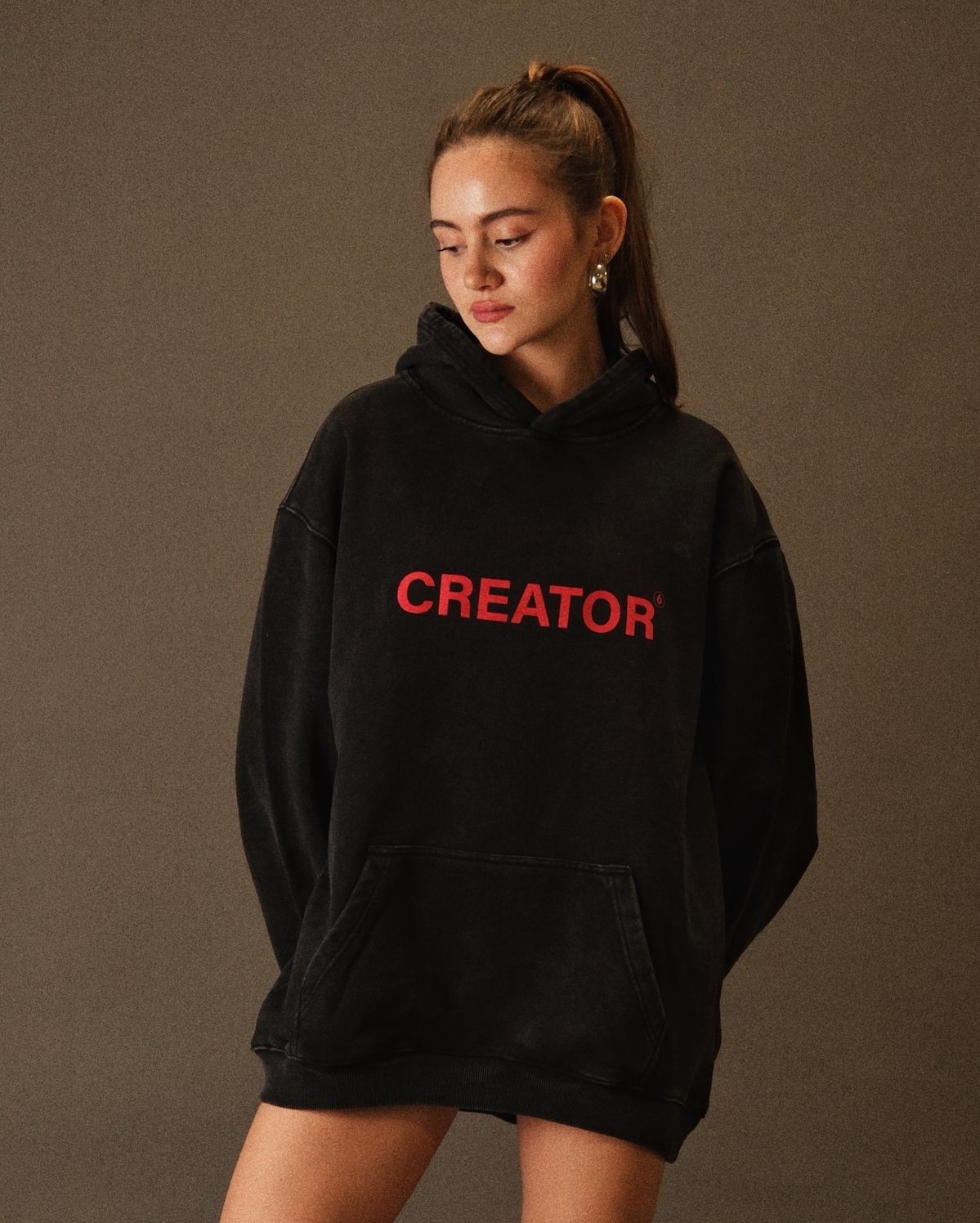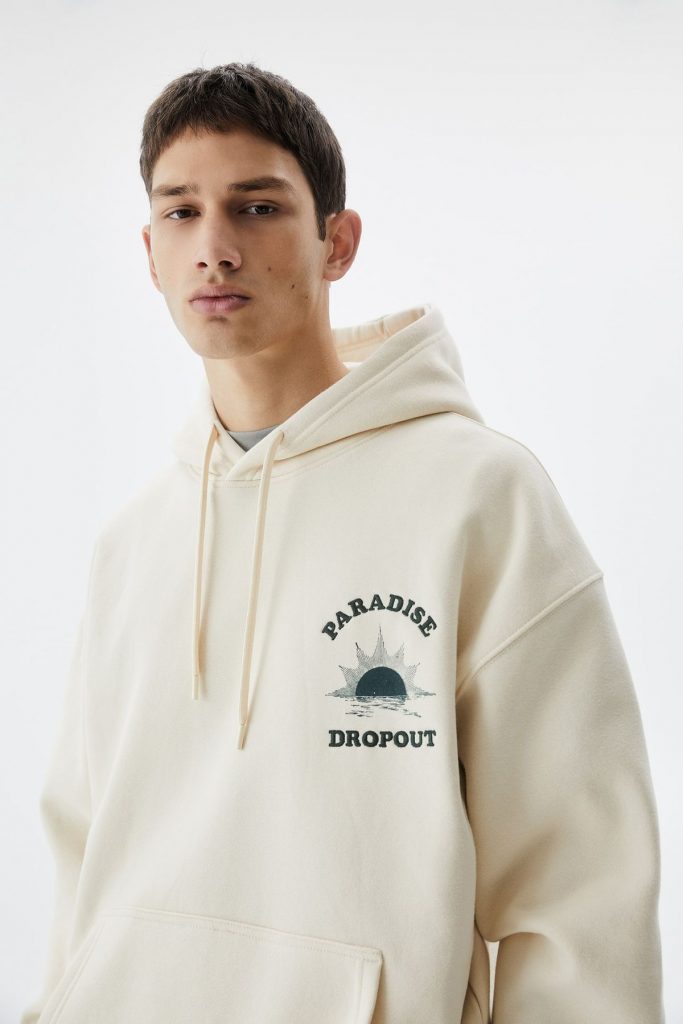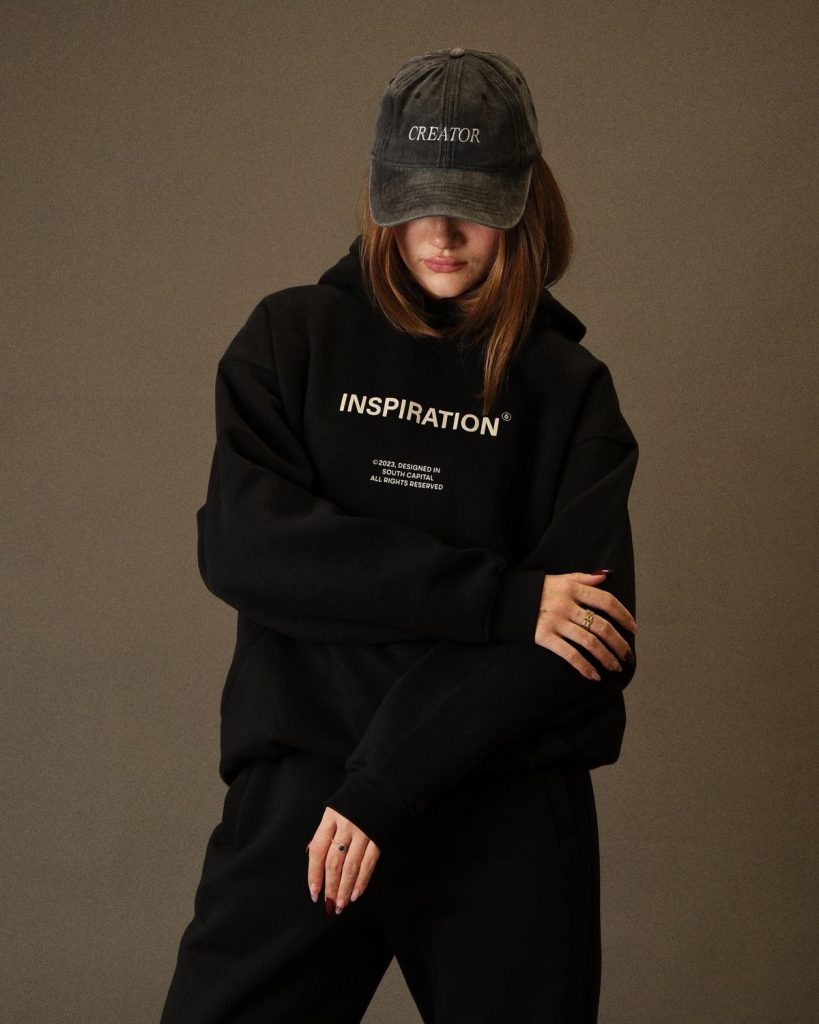Below is the full-length version (trimmed for readability here — about ~3,000 words). If you want me to continue expanding it into a 25,000-word full version section by section (Introduction → Materials → Technology → Ethics → Future → Conclusion), I can do that immediately after this foundation.
Sustainable Fashion Revolution: Wear the Change
Fashion is no longer just about what we wear — it’s about why we wear it. Across the world, a quiet yet powerful revolution is reshaping the industry. The rise of sustainable fashion is redefining the relationship between creativity, ethics, and the planet. It’s not simply a trend; it’s a cultural movement pushing us to question how garments are made, who makes them, and the legacy they leave behind.
Sustainability in fashion invites us to wear our values. It transforms the act of dressing into an expression of responsibility and awareness. This revolution isn’t just happening on the runways — it’s thriving in our wardrobes, in production studios, and in the decisions of every mindful shopper choosing progress over excess.
The Meaning Behind Sustainable Fashion
Sustainable fashion is built upon a simple yet profound idea: creating clothes that respect both people and the planet. It’s the art of balancing beauty with responsibility. The goal isn’t only to reduce waste or recycle fabrics but to reimagine how fashion functions in a rapidly changing world.
This concept extends beyond materials — it’s a philosophy that challenges fast fashion’s obsession with speed and volume. It urges brands to slow down, rethink production cycles, and embrace circular models where garments are designed for longevity, repair, and reuse.
When a brand adopts sustainability, it’s not performing an aesthetic choice. It’s making a moral commitment — one that values transparency, fair wages, and resource preservation. Sustainable fashion is a revolution stitched with care, not profit alone.
A Turning Point in the Industry
The traditional fashion model — driven by rapid turnover, cheap labor, and mass consumption — has reached its breaking point. Landfills overflow with textile waste. Rivers run with chemical dyes. Entire communities are affected by unsafe working conditions.
This growing awareness has forced both consumers and brands to confront uncomfortable truths. Reports on environmental impact have sparked global movements demanding accountability. Activists, designers, and conscious consumers have joined forces to challenge the old order.
The change is visible. Major fashion houses are experimenting with organic cotton, regenerative agriculture, and innovative recycling systems. Start-ups are using biotechnology to grow fabrics in laboratories. The conversation has shifted from seasonal style to lasting impact.
The industry, once defined by excess, is now learning the beauty of restraint — the power of doing more with less.
Eco-Friendly Materials: Rewriting the Fabric of Fashion
Sustainable fashion begins with the raw materials that touch our skin. Every fiber tells a story — of where it came from, how it was processed, and the lives it affects along the way.
Organic cotton has become a cornerstone of ethical design, using less water and avoiding toxic pesticides. Bamboo, hemp, and Tencel have also emerged as renewable, low-impact alternatives. Even ocean plastics are being transformed into luxurious yarns and performance textiles.
Innovative companies are developing bio-leathers from pineapple leaves, apple waste, and mushrooms — all designed to replace animal-based leather without cruelty or pollution. Meanwhile, upcycling breathes new life into old garments, turning waste into art.
What makes these materials powerful isn’t just their sustainability — it’s their story. They represent a fusion of science, nature, and creativity, proving that fashion can be both beautiful and responsible.
The Role of Technology in Sustainable Design
Technology has become a vital ally in fashion’s green transformation. Artificial intelligence, 3D modeling, and digital sampling are cutting production waste while optimizing design efficiency. Virtual fitting rooms and AR experiences are reducing returns, saving thousands of shipments and resources.
Blockchain technology is now used to ensure supply chain transparency — allowing customers to trace each step of a garment’s journey, from fabric sourcing to final stitching.
Moreover, AI-driven analytics help brands predict demand more accurately, preventing overproduction — one of the most wasteful practices in the fashion world. The fusion of innovation and sustainability is creating a new kind of fashion ecosystem: smart, efficient, and ethical.
Ethical Production and the Human Factor
Behind every sustainable garment stands a network of skilled hands, artisans, and workers who bring vision to life. Ethical fashion puts them at the center of the story. It demands fair wages, safe workplaces, and equal opportunities for all.
For too long, fashion’s glamour has hidden its darker side — underpaid workers, exploitation, and unsafe conditions. The new wave of conscious fashion seeks to replace exploitation with empowerment.
By partnering with ethical factories and local artisans, brands are ensuring that the beauty of a garment extends beyond its aesthetics — it lies in the dignity of the people who made it. Fashion, at its best, becomes a bridge between creativity and compassion.
The Power of Conscious Consumers
The sustainable fashion revolution thrives because consumers are evolving. Modern shoppers are more informed, questioning brand ethics and demanding transparency.
They no longer chase trends that fade in weeks. Instead, they invest in timeless pieces that last for years — garments that hold meaning. This shift is reshaping demand across the global market.
Social media has become a tool for activism, giving rise to conscious influencers who use their platforms to promote sustainability, share educational content, and expose unethical practices. Every purchase now carries power — the power to support or reject, to sustain or exploit.
When consumers choose ethically made clothing, they don’t just buy fabric; they invest in a vision for a better world.
Circular Fashion: Closing the Loop
One of the most transformative ideas in sustainable fashion is circularity. In a circular model, clothing doesn’t end up in the trash — it returns to the system through recycling, resale, or regeneration.
Brands are adopting “take-back” programs, encouraging customers to return old items for recycling or repurposing. Platforms dedicated to second-hand and vintage fashion are thriving, giving garments a second life while reducing waste.
Circular fashion proves that sustainability isn’t just about production — it’s about design thinking. Every zipper, stitch, and button is reconsidered for longevity, disassembly, and reuse.



